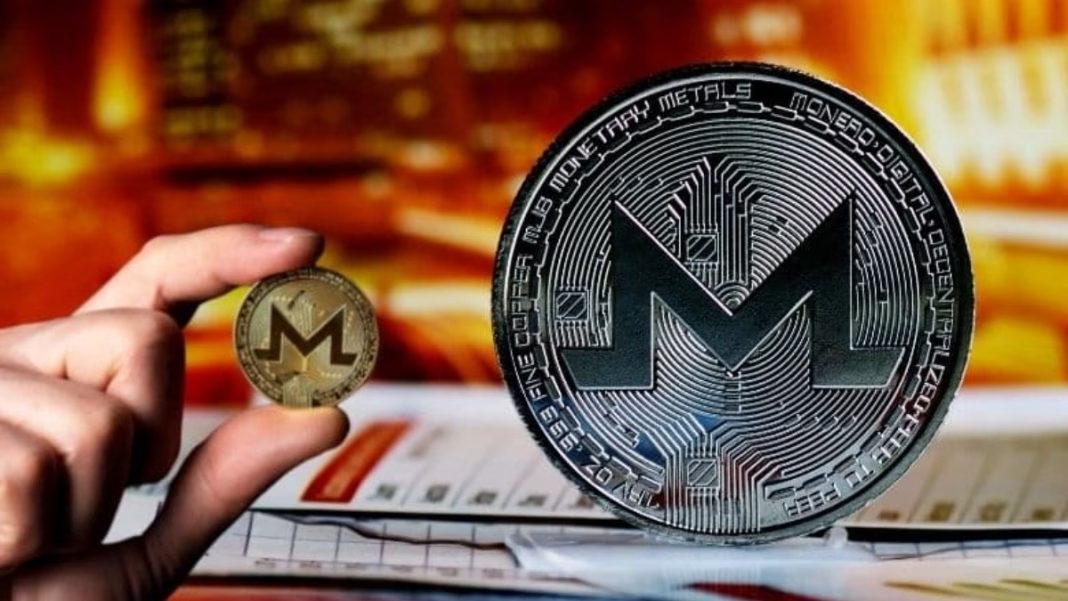The crypto world is in shock after Monero, one of the most popular privacy-focused coins, faced a dangerous 51% attack. The event has set off alarm bells across the community and raised serious concerns about the future of privacy coins. Many are now asking if decentralization is truly safe or if the growing power of mining pools is creating new risks.
Centralized Mining Pools and the Big Risk
In simple terms, a 51% attack happens when a single group or pool controls more than half of a blockchain’s computing power. When that happens, the group can change or reorganize transactions. That’s exactly what took place with Monero in August 2025, and the effects have been severe.
Mining pools are groups where miners join forces and combine their computer power to solve puzzles faster and earn rewards. On the surface, this looks like a good idea because it helps more people get consistent payouts. But there’s a dark side.
When too much power ends up in the hands of one mining pool, the network becomes unbalanced. This gives one group the chance to take control. If they control more than half of the mining power, they can change how blocks are added to the chain. This is the exact scenario that Monero faced.
Centralized mining pools are often described as both helpful and harmful. Helpful because they increase efficiency. Harmful because they increase the risk of control being taken away from the community. Monero’s 51% attack shows just how dangerous this concentration of power can become.
What Happened During the Monero Attack
The warning signs began when a major crypto exchange temporarily stopped Monero deposits. The exchange explained that the reason was a possible 51% attack taking place on the network. While users could still trade Monero, deposits were frozen until the network was considered safe again.
Soon after, one mining pool announced that it had crossed the line of controlling more than half of Monero’s total mining power. This allowed them to reorganize blocks in the blockchain. While no money was stolen during the event, it raised the fear of double-spending, censorship of transactions, and the possibility of unfair control over the network.
The news caused panic in the community. Monero’s price dropped sharply as trust in the system was shaken. For a privacy coin that has always advertised itself as secure and independent, the event was a hard hit. Users, developers, and observers were left questioning whether such risks could happen again.
Why Privacy Coins Are Under Even More Pressure
Privacy coins like Monero have always been under close watch. Governments and regulators worry that these coins could be used to hide illegal transactions. Because of this, privacy-focused cryptocurrencies already face restrictions on where and how they can be traded.
The 51% attack added even more pressure. It showed that not only are privacy coins under regulatory stress, but they can also be weakened by mining centralization. The combination of outside scrutiny and inside threats makes their future even more challenging.
Some exchanges have already reduced or stopped support for privacy coins. New financial rules in many regions require more transparency, which directly clashes with how privacy coins work. With the Monero incident fresh in memory, confidence in these coins has been shaken further.
The attack has also triggered technical discussions within the Monero community. Ideas such as changing the mining algorithm to stop mining pools from gaining too much power are being talked about. However, these changes are complex and would take time to put in place.





